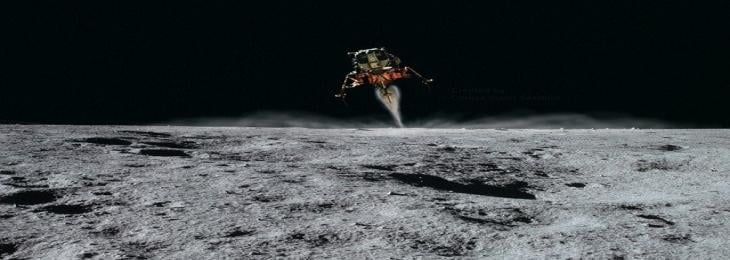
James Meador, an independent scientist, attempted to create a precise graph of the spacecraft of the Apollo 11 Ascent Stage in the belief of forecasting where it had collided with the moon.
According to a new arithmetical study, the deserted Ascent Stage of the Apollo 11 mission’s Eagle Lunar Module (LM), which was long thought to have malfunctioned on the Moon, might still be orbiting earth’s prime natural satellite in a circular orbit. From the moment the Apollo 11 landed on Earth until recently, the fate of the satellites and the massive Saturn V rocket that launched them into space appeared to be resolved.
The first step of the Saturn VS-IC and second stage of the SC-II had affected the Atlantic Ocean throughout their launch, the third stage of the S-IVB had been orbited by the heliocentricity, the decrease phase of the LM had still been on the lunar surface, the unit had burnt up in the lunar atmosphere, and the command module in the smites, and the LM ascent phase had collapsed on the lunar surface. The problem is that NASA is notable for failing to keep track of its spacecraft after they have achieved their goal. As long as it complies to the law, do not represent danger for anyone and do not pose a risk to sailing, the Space Agency has not been curious about what has actually occurred to the spaceships inevitably.
For the Apollo 11 Ascent Stage that took Buzz Aldrin and Neil Armstrong from Moon’s surface to meet with the Columbia Command Module, the orbit was supposed to become volatile, more and more elliptical, after it had jetted in, until finally it collapsed onto the lunar surface. Using this information, independent research scientist James Meador attempted to create a precise graph of the Apollo11 Ascent Stage’s orbit in the hope of anticipating where it had collided with the surface of the moon. Prior to starting his study, he checked the existing evidence. He concluded that the Ascent Stage might be still orbiting the moon and can be seen while it is in the correct location with regard to the Earth and Sun.






